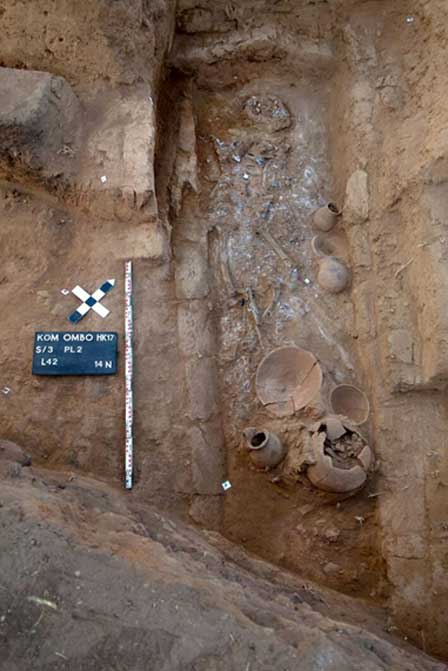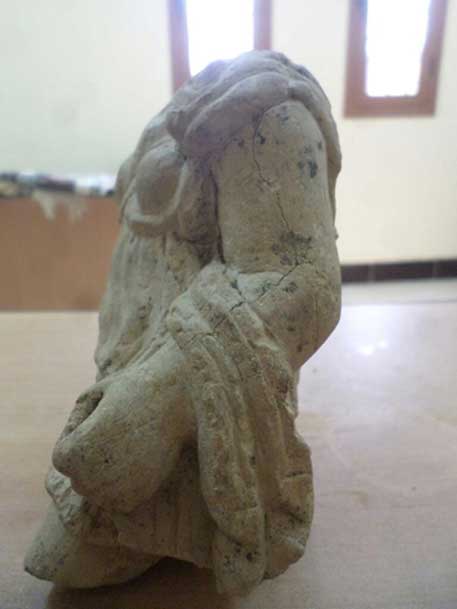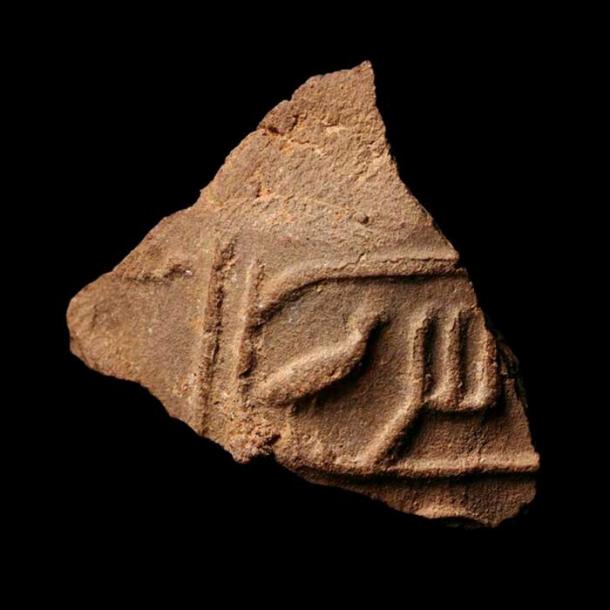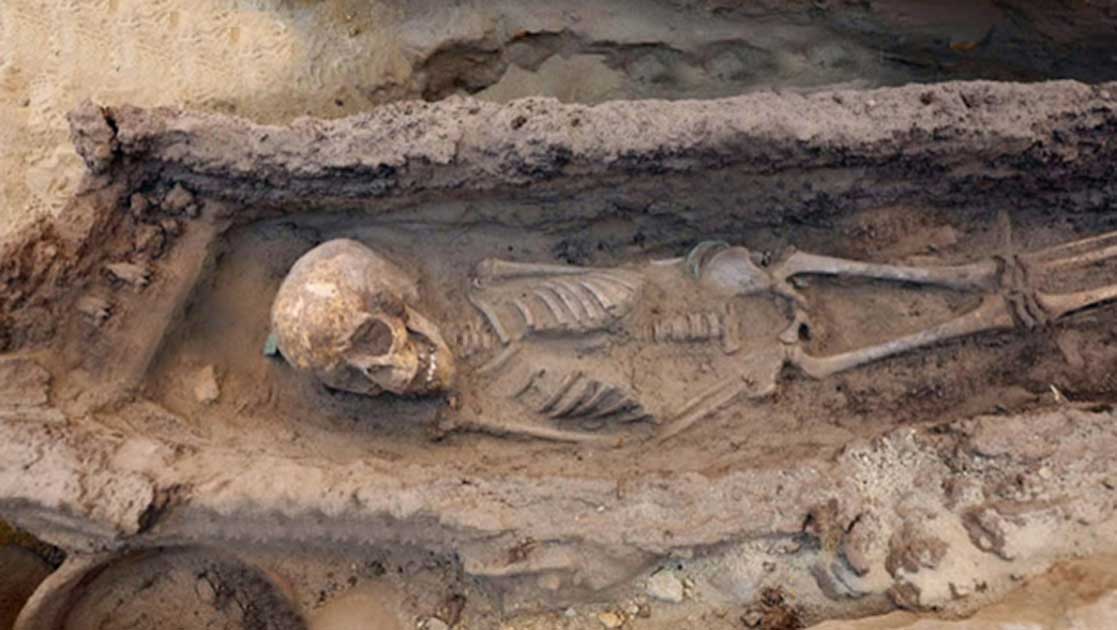3,500-Year-Old Child Burials Unearthed at Ancient Egyptian Work Site
A team of archaeologists in Egypt have unearthed four ancient child graves at Gebel el-Silsila, the site of a former Egyptian quarry that dates back 3,500 years. The finding provides new insights on what life may have been like at this ancient work site.
Four Intact Burials of Children Unearthed
Several fascinating discoveries have taken place near Aswan during the past few weeks, as Ahram Online reports. A Swedish-Egyptian archaeological team excavating at the Gebel El-Silsila area unearthed four untouched burials of children. According to Mostafa Waziri, secretary-general of the Supreme Council of Antiquities, the four child burials date to the Eighteenth Dynasty.
“They consist of a rock-hewn grave for a child between two and three years old. The mummy still retains its linen wrapping and is surrounded with organic material from the remains of the wooden coffin,” Waziri told Ahram Online. And added, “The second burial belongs to another child aged between six and nine years old, who was buried inside a wooden coffin, while the third burial is of a child between five and eight. Both of these graves contain funerary furniture, including amulets and a set of pottery.” Interestingly, the fourth burial also belongs to a young child between the age of five and eight.

Newly-discovered child burial. Credit: Egypt’s Ministry of Antiquities
New Burial Discoveries Shed New Light on Burial Customs
Maria Nilsson, director of the Swedish mission believes that the newly discovered child graves could reveal a lot of previously unknown information, “The new burial discoveries are shedding more light on the burial customs used in the Thutmosid period as well as the social, economic and religious life of people during that period,” she tells Ahram Online. In addition, Nilsson noted that the archaeological mission has been very successful during its previous excavation works, as it managed to unearth several burials, even though she acknowledges that the newly discovered burials are of particular cultural and archaeological value. “More excavations and studies on the site will reveal more about the death rituals conducted in this site during the period,” she tells Ahram Online.
Statue of Greek Goddess Artemis Discovered in Aswan
In the intervening period of time, an Egyptian-Swiss mission working in the ancient town of Aswan, led by Egyptologist Wolfgang Muller, also unearthed a statue of significant historical value - a headless female figure that was also missing her feet and right hand. “The statue is carved from limestone and measures 14cm by 9cm in width and the thickness of its bust is 3cm and the lower part is 7cm,” Abdel Moneim Saeed, general director of Aswan and Nubia Antiquities, told Ahram Online.
An initial investigation on the statue has showed that the dress the woman wears is almost identical to that of Artemis, one of the most widely venerated of the Ancient Greek deities, goddess of the hunt, wild animals, wilderness, childbirth, virginity and protector of young girls.

The newly-discovered statue of Artemis. Credit: Egypt’s Ministry of Antiquities
Part of Cemetery Dating back to First Intermediate Period Also Discovered
Finally, an Egyptian-Austrian team of researchers working at a hill in Kom Ombo town, also uncovered part of a cemetery dating back to Egypt's First Intermediate Period, almost four millennia ago. Some of the newly discovered mud-brick tombs contained pottery and other funeral items, as the mission’s leader Dr. Irene Foster noted. “The preliminary study revealed that it is mostly built on top of an earlier cemetery. Below the cemetery the mission has uncovered remains of an Old Kingdom town with a ceiling impression of King Sahure from the 5th Dynasty (2494 to 2345 BC),” Dr. Foster told Ahram Online, explaining that the cemetery had been built on top of an older one, as well as an Old Kingdom town.

Ceiling impression of King Sahure. Credit: Egypt’s Ministry of Antiquities
Top image: The skeleton of a child between the age of 6 and 9 found with various grave goods. (Image: The Gebel el-Silsila Project 2017)

















